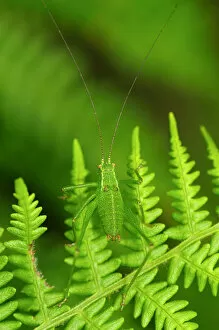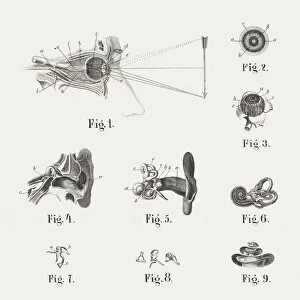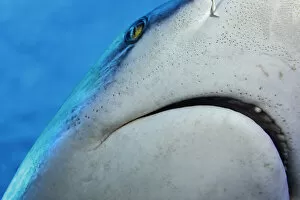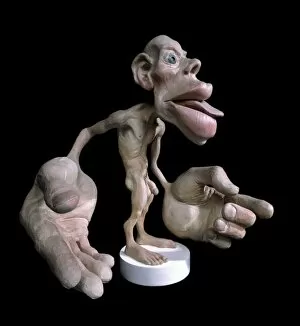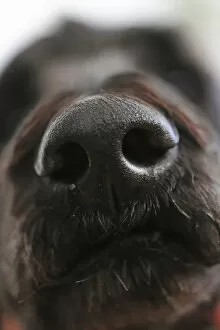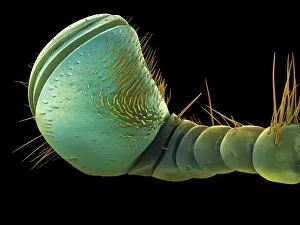Sensory Organ Collection (#2)
Sensory organs are nature's remarkable creations, allowing organisms to perceive and interact with their surroundings in extraordinary ways
For sale as Licensed Images
Choose your image, Select your licence and Download the media
Sensory organs are nature's remarkable creations, allowing organisms to perceive and interact with their surroundings in extraordinary ways. From the intricate Motor and sensory homunculi mapping our brain's representation of our body, to the delicate Moth proboscis captured under a scanning electron microscope (SEM), these organs showcase the wonders of evolution. Take for instance the Emperor gum moth, adorned with huge plumed antennae that serve as its sensors for picking up sex pheromones emitted by females. These antennae are finely tuned instruments enabling communication between mates in a world dominated by scents. In the serene landscapes of Devonshire and Cornwall, UK, we find enchanting butterflies like the Small pearl-bordered fritillary and Marbled white butterfly. Their delicate wings carry them from flower to flower as they rely on their sensory organs to navigate through grassy meadows and locate nectar-rich plants like ribwort plantain and common spotted orchid. Underwater worlds also boast fascinating sensory adaptations. The Pederson cleaner shrimp found in Cienaga de Zapata National Park has specialized appendages that allow it to detect parasites on other marine creatures, providing both cleaning services and sustenance. Meanwhile, Nurse sharks rest on sandy ocean floors using their highly sensitive facial receptors to sense prey or potential threats lurking nearby. Not limited to insects or marine life alone, even mantises possess incredible sensory abilities. The Thistle Mantis from North Africa can blend seamlessly among petals while relying on its sharp vision and tactile senses to capture unsuspecting prey. Moving away from wildlife encounters but still exploring sensational experiences is a Samoyed dog running joyfully through snow-covered landscapes in Ledyard, Connecticut. Its keen senses guide it effortlessly through this winter wonderland. Lastly, let us not forget about terrestrial creatures such as the Longhorn beetle found in Danum Valley, Sabah. With elongated antennae reaching out into its environment like extended arms searching for information, this beetle's they are crucial for survival and reproduction.



